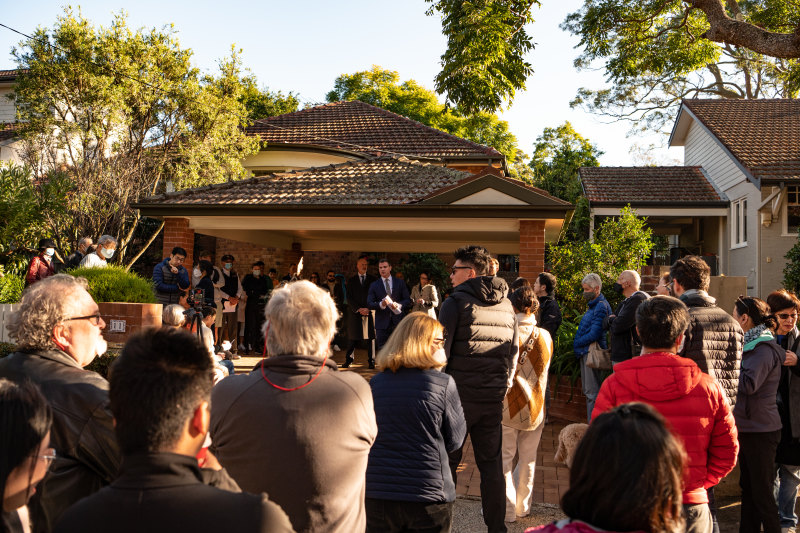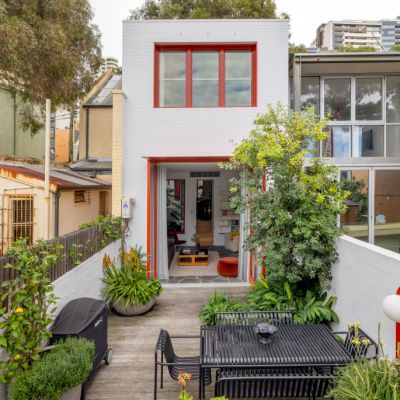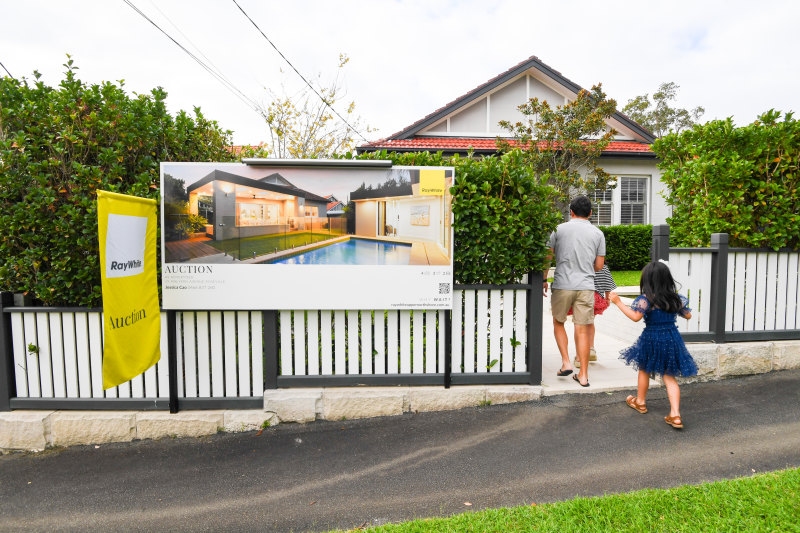How Australia can house a growing population without building more homes
If fewer people lived alone and more couples rattling around in big family homes could be persuaded to downsize, much of the current housing crisis could be alleviated overnight, experts say.
Some of the housing shortage problems have been caused by the trend towards smaller household sizes – and any reversal of that could pay big dividends in terms of freeing up more houses and apartments for the general market.

“In an ideal world, you could just pick up the number of homes and people and shake it around and end up with an amount of housing more appropriate for everyone,” said KPMG demographer and director of planning and infrastructure economics Terry Rawnsley.
“But sadly, it’s not that easy.
“Market conditions will have a slower impact around the edges, with high rents driving people back into the kind of share households they left during COVID, encouraging people to take boarders and persuading kids to stay longer at home – or returning to live – with mum and dad. But the only real answer now is to build more homes at the right price point and in the right places.”
The debate over household size was ignited by Reserve Bank assistant governor Sarah Hunter, who told the Centennial Congress of the Real Estate Institute of Australia that if we had as many people per household as 40 years ago, “we would need 1.2 million fewer dwellings”.
“Right now, just under 27 million people live in Australia, in about 11 million households,” Hunter said. “The average number of people living in each household has trended lower, from around 2.8 in the mid-1980s to around 2.5 of late.
“This may sound like a small change. But, if for some reason average household size rose back to 2.8, we would need 1.2 million fewer dwellings to house our current population – no small difference.”
This is the same number of homes – 1.2 million – the federal government hopes will be built over the next five years.
With the latest National Housing Finance and Investment Corporation State of the Nation’s Housing report forecasting a housing deficit of approximately 157,000 by 2027, that would make a huge contribution.
Many of the current housing difficulties are a result of our changing behaviours, Rawnsley believes. A lower fertility rate means fewer people living in each house, COVID split up share houses, more people own second homes, and the return of migrants and international students has driven up demand.
But while it’s easy to see the problem, it’s harder to solve it, says independent economist Harley Dale.
“It’s one thing to recognise the rise in all this empty space, but it’s another thing to try to make it available for other people to use,” he said. “We try to entice people to downsize with tax breaks and by building more downsizer apartments, but a lot of people don’t want to leave their memories behind.
“It’s fair to argue that both federal and state governments should provide additional incentives for people to downsize to relieve the shortage, but then there’s an affordability issue. Who’s going to be able to afford that four-bedroom house?“
Professor Peter Phibbs, chair of urban and regional planning and policy at the University of Sydney, sees the popularity of working from home – converting bedrooms to offices – as another factor squeezing the size of households.
“You don’t need a lot of households to do that to shrink a lot of capacity,” Phibbs said. “A lot of people had a bit more money with the government subsidies in COVID, so moved out of share houses and lived alone and found they liked it. Affordability might push some of those back.”
He said short-term rental holiday accommodation represents a lot of property that could be in the long-term rental market, a lever governments are looking at.
The 2021 census found there are at least 3.5 million spare bedrooms in Australia, often in households that have resisted downsizing. Research by the University of NSW has found, however, that those bedrooms are regularly used by visiting grandchildren, as a home office or crafts room – a major disincentive to downsize.
“In addition, if you go to a financial planner in your 60s, a lot of times their advice is to upsize rather than downsize because the house is such a good tax shelter,” said Phibbs.
“So the most important thing is to build more rental supply, and the dilemma there is construction costs and high interest rates that mean developers can’t get a loan or construction finance or make money. When interest rates come down, that will reduce costs, but the results of that could be 18 months to two years away.”
We recommend
We thought you might like
States
Capital Cities
Capital Cities - Rentals
Popular Areas
Allhomes
More










